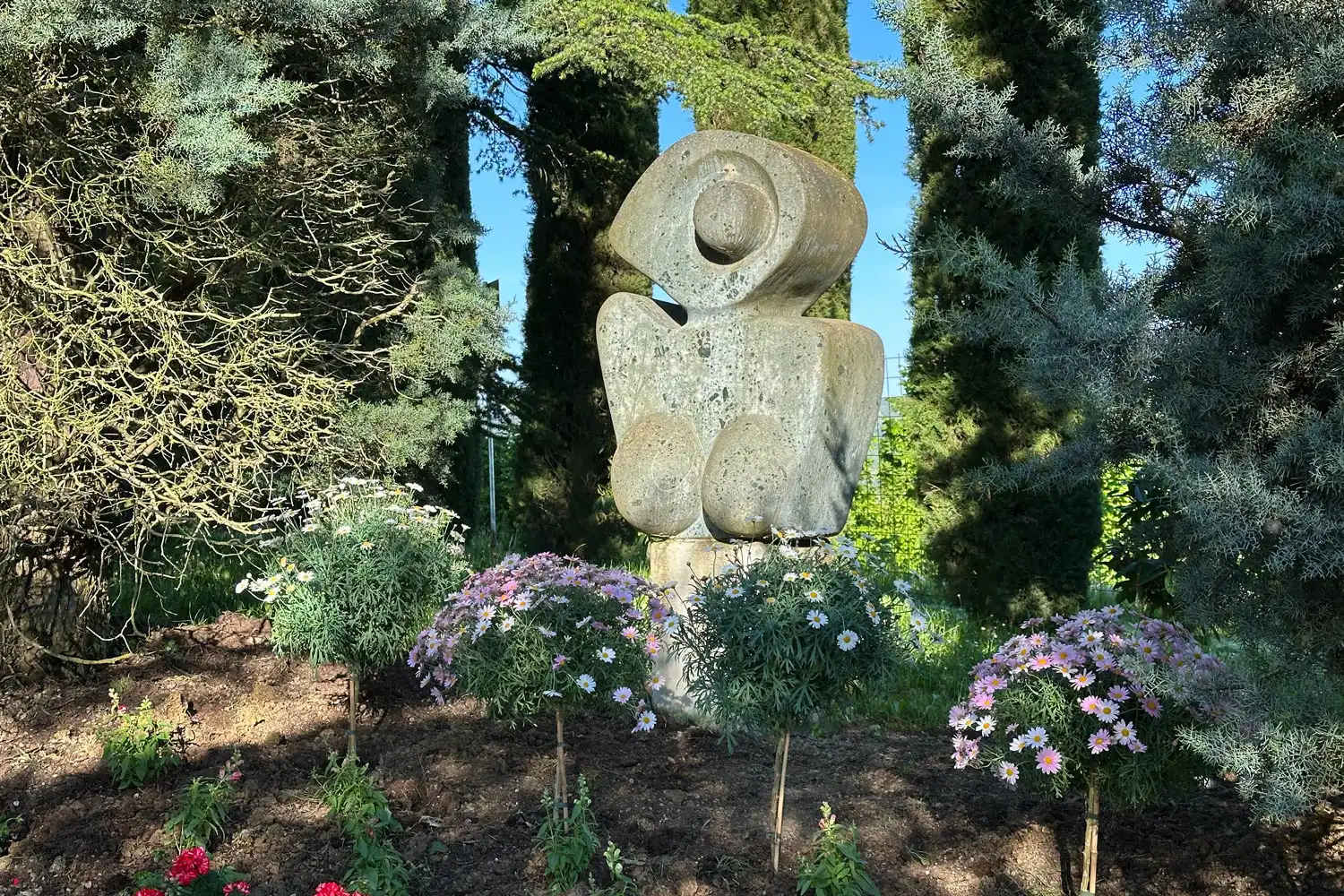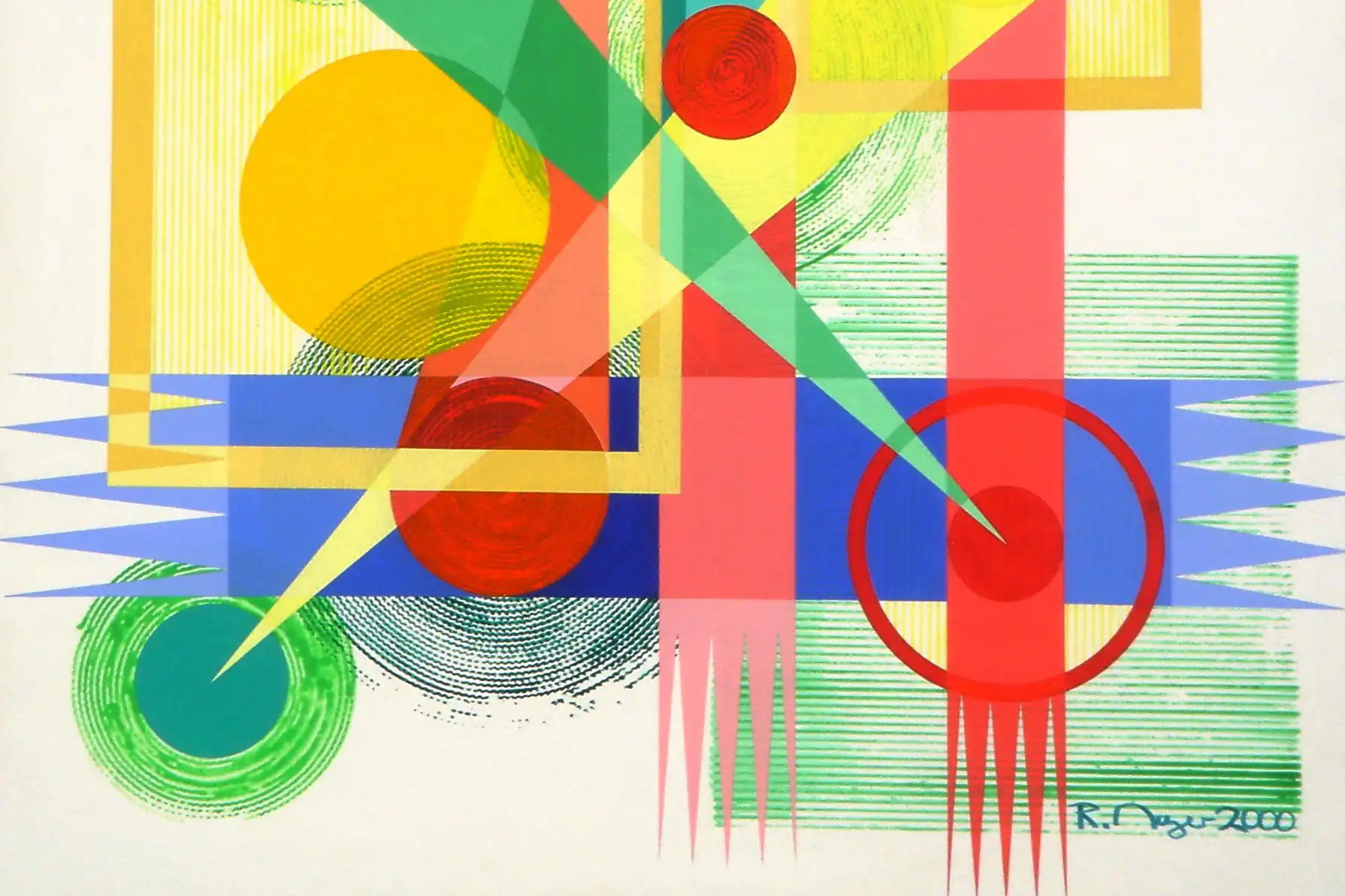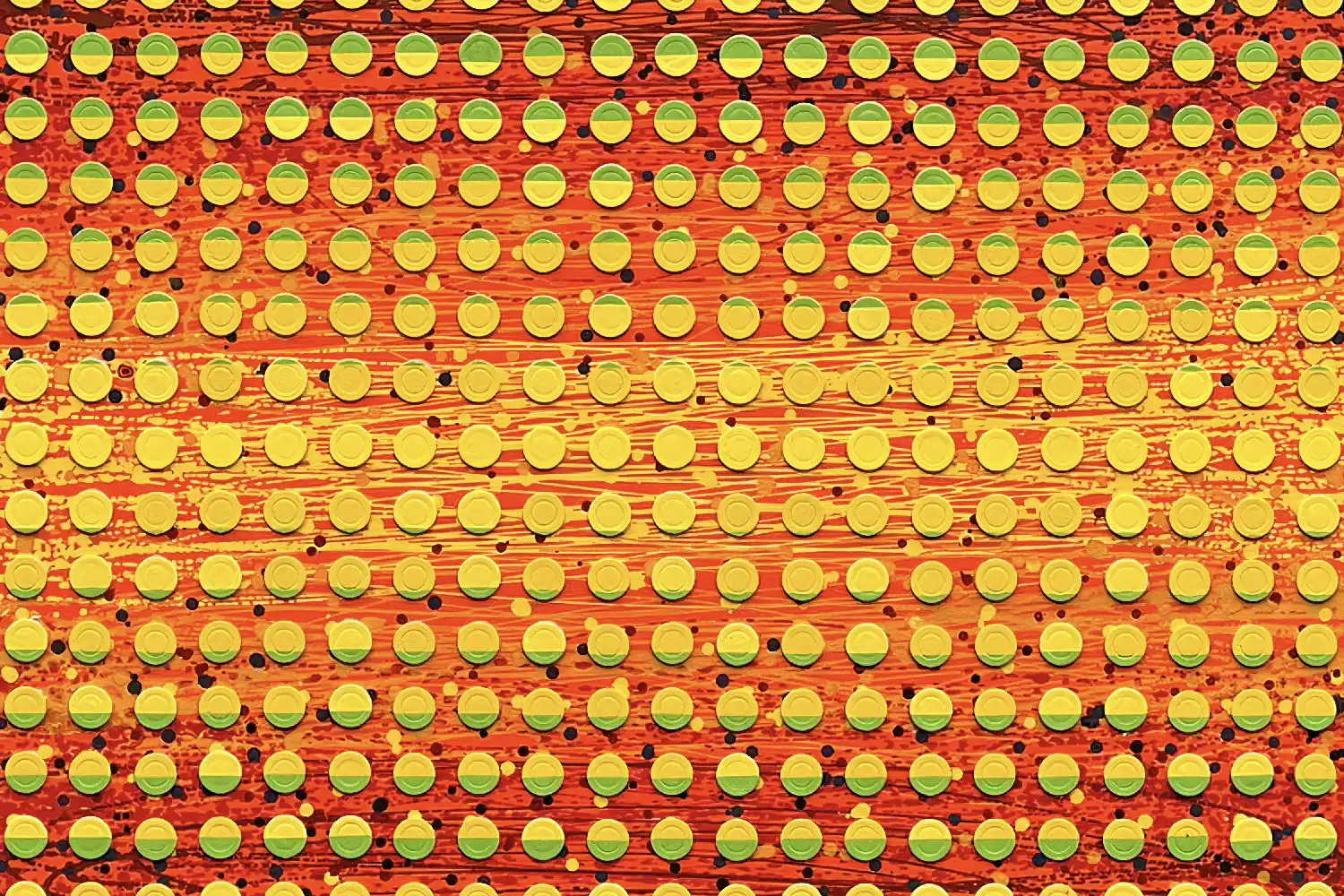René Mayer (1947) was born and raised in German-speaking Switzerland, in the Basel region. Basel, the third-largest city in Switzerland, borders Germany and France along the great river axis of the Rhine. The city, industrious and scholarly, commercial and prosperous, is reputed for its high level of tolerance. Therefore, René Mayer’s cosmopolitanism has solid roots. But that’s not all!
The origins of a passion
René Mayer is one of those incorrigible optimists who assert that obstacles are meant to be overcome. What he undertakes, he develops with passion and pursues with determination. From a very young age, he displayed a strong need for autonomy and a solid will for success. Proof of this: while still a young boy in primary school, he successfully improvised as a dog walker (handling up to six at a time!) to supplement the meager pocket money his parents provided him. Later, in adolescence, he led in record time the scout group entrusted to him, securing the top spot in the Basel scouts’ ranking… – In short, no challenge daunts him; they all stimulate him. Even today – and undoubtedly tomorrow too!
This precociously entrepreneurial spirit developed over the years, culminating in the foundation, in the 1970s, of a soon-to-be thriving commercial enterprise dedicated to the culinary arts – but that’s another story. Having achieved the desired financial autonomy through this firm, René Mayer was able to devote himself more freely than his artist friends, whose anxieties and existential problems he perfectly understood, to his painting and plastic arts activities.
Rebellious Jack-of-all-trades
The corollary and prerequisite of this endless and relentless activity is René Mayer’s innate, almost insatiable curiosity. For him, nothing is inherently uninteresting – especially not in the cultural domain. He was early on passionate about art in all its forms, discovering, for example, with astonishment and enthusiasm, the extraordinary organic architecture of Rudolf Steiner’s Goetheanum and the surrounding buildings in Dornach. The cultural rupture induced and symbolized by Steiner’s architectural concepts (of which he does not share the anthroposophical conception of the world) attracted him because it resonated with a particularly sensitive aspect of his character: the rebellious spirit.
Rebellious, René Mayer has been since his childhood. But his rebellion is never an act of pretense, a principled or opportunistic opposition. When he rebels, it is out of conviction, because he is faced with an unjust, abusive, arbitrary, idiotic, or inequitable situation. And there, he fights for others as well as for himself, without concern for losses. It is this libertarian mindset, this desire to break with the prevailing conformism, which prompted him early on to become an artist – much to the chagrin of his parents, who would have preferred to see him pursue a decidedly bourgeois career!
A product of the soil…
René Mayer is a true product of the land! His eclecticism and liberalism are rooted in a socio-cultural microcosm nurtured by the three humanisms that have left their mark on the region – German, French, and Swiss – and upon which the great tradition of tolerance has developed over the centuries, allowing great European minds, sometimes persecuted and often overlooked elsewhere, to flourish along the Rhine. While the city has been a welcoming port for intellectuals such as Erasmus, Jean Œcolampade, and Leonhard Euler, it has also been a haven for renowned artists like Arnold Böcklin, Pipilotti Rist, or Jean Tinguely – a “Jeannot” whom René Mayer particularly appreciates and to whom the city pays almost idolatrous veneration… And let’s not forget the so-called “alternative” culture, for which Basel and its region have always been a fertile ground! In this very particular world, patrician and affluent, but also discreet and cultivated, money and culture intersect and coexist harmoniously. The fabulous private collections bequeathed to or loaned to Basel museums attest to this as clearly as the famous annual Art Basel exhibition, which attracts artists and galleries from around the world to the Rhineland city.
Living on the outskirts of the canton, René Mayer is a regular visitor to the Beyeler Foundation and regional cultural institutions. When he “examines” Mark Rothko’s paintings in the well-dosed darkness of the magnificent building created by Renzo Piano, when he rediscovers the late work of Paul Klee in a sumptuous retrospective, when he traces Paul Gauguin’s life and work, following the painter’s geographical and artistic wanderings, or when he vibrates in the wind that caresses the trees wrapped by Christo and Jeanne-Claude in the Foundation’s park, he is never satiated, never intoxicated – never jaded.
Between exuberance and rationality
We’ve discussed René Mayer’s attraction to the organic architecture of the Goetheanum. But this fondness for biomorphic forms is just one pole of his artistic sensitivity. The other is his preference for simplicity and austerity, as advocated since the 1920s by an academy that would become globally famous: Walter Gropius’s Bauhaus, founded in 1919 in Weimar, relocated in 1925 to Dessau, and dismantled in 1933 in Berlin-Steglitz in response to pressure from Nazi authorities. In this institution, research and teaching initially focused on revaluing craftsmanship in art. This was followed by reflection on simplifying the forms of everyday consumer goods. Whether it was salt shakers, teapots, bedside lamps, wallpapers, or furniture – primarily chairs and sofas – the stylistic heritage of the previous century was fundamentally challenged. In the minds of the “masters” (as the Bauhaus teachers were called), the purpose of simplifying forms was both industrial (creating objects that could be produced very rationally) and aesthetic (creating beautiful objects).
This reflection culminated in the concept of “less is more,” thus rejecting any superfluous ornamentation – a concept that was also the motto of the German-American architect and designer Ludwig Mies van der Rohe, one of the Bauhaus’s most influential “masters.” Mies van der Rohe played a decisive role in the global spread of the Bauhaus spirit. The famous German Pavilion at the 1929 Barcelona Universal Exposition, which he designed with Lilly Reich, and the “Barcelona” chair, created for this pavilion, are among his most remarkable achievements.
Returning to the two conceptual axes that guide René Mayer: a (too) quick reasoning could lead to the presumption that the artist demonstrates a disconcerting ambivalence by simultaneously embracing two totally antagonistic doctrines. But the contradiction is only apparent. Or, to be precise, it only concerns one aspect of the question: style. It goes without saying that the streamlined style of the Bauhaus is in contradiction – or rather in counterpoint – to the sometimes exuberant biomorphic design of organic architecture. So, the question is: what connects the world of the Bauhaus to that of the Goetheanum?
The answer is glaringly obvious: the artisanal approach inherent in both philosophies. Because organic architecture, which seeks to develop in symbiosis with nature, as claimed by the creations of Frank Lloyd Wright, logically favors natural materials such as brick, wood, and stone – and consequently stimulates craftsmanship that employs them. Steiner (who built the Goetheanum in concrete, let’s not forget…!) as much as Gropius, are perfectly aware of the importance of artisanal know-how. In his teaching precepts, Steiner goes so far as to say that the objective of school manual work (today “visual arts”) is not to train students in a good mastery of craft techniques, but to lead to the creation of useful and usable objects.
Therefore, the awareness of the vital importance – in the sense of “essential to life” – of craftsmanship is the guiding thread for René Mayer. When he says that he is fundamentally an artisan at heart, he clearly, albeit without verbalizing it, emphasizes the notion of life: The heart is where not only the pulse of biological life beats, but also that of emotional life. – Over the years and through his artistic experiments, René Mayer has increasingly deeply understood and assimilated the vital necessity of the creative act and the importance of producing something with his own hands. It is in the honesty and humility of this approach that the flame is born, giving works the personality, legitimacy, and vitality that products from a factory halfway around the world will never have.
Conclusion
Rather than in family background, the origins of René Mayer’s artistic passion are to be found in his rebellious temperament, in tune with the profound societal changes of the 1960s and 1970s, and in the climate induced by these changes in the cultural microcosm of Basel that he frequented. While his parents were indeed part of the enlightened bourgeoisie, they were not involved in the arts at that time. It was only much later that René Mayer’s stepfather (his mother’s second husband) took up painting and sculpture, but without pursuing it as a career.






